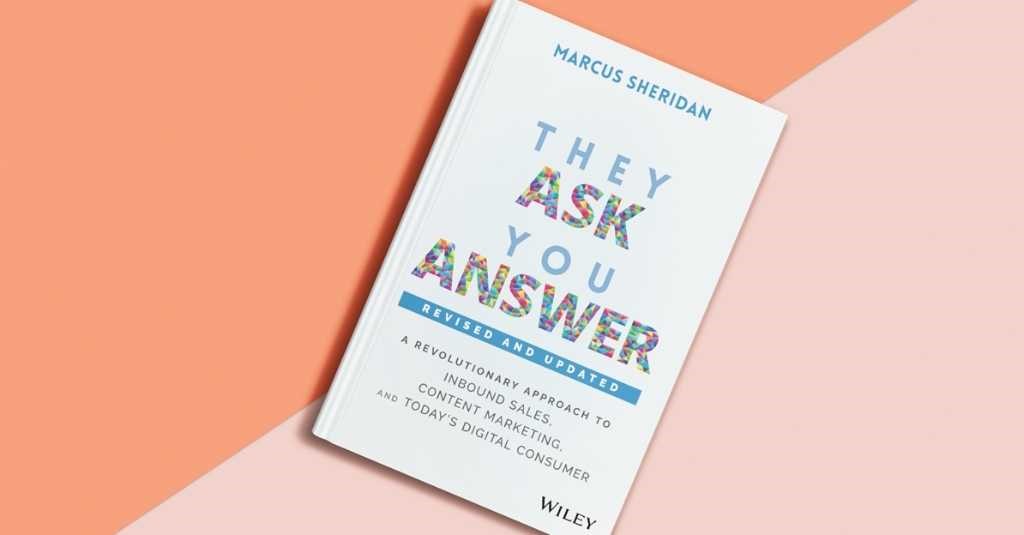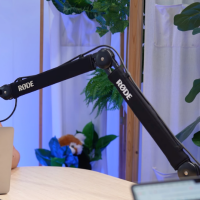We all know how important it is to define our personas into homogenous groups so we can better tailor our messaging and serve their needs. Unfortunately, the typical way we create and define persona profiles has been watered down so much that the “insights” they often depict have very little to do with the buyer’s journey and don’t help us create any real commercial action. That’s where Buyer Personas comes in; a more comprehensive and accurate way of defining our customers and understanding how they make purchasing decisions
In this article, we’re going to delve into:
What is a Persona Profile?
The Persona Profile is the typical buyer profile that we use to describe our target audience.
Typically, they help us define our customers by looking at their:
- Demographics
- Background
- Lifestyle
- Goals
- Where they hang out
- Psychographics
Here’s what a typical Persona Profile looks like:

You’ve likely seen these templates everywhere. Companies like HubSpot promote easy to use persona tools that promise to help you “create a persona minutes”.
The problem with Persona Profiles is that they’re quite generalised, giving you only an outline of who you think your customers are, rather than helping you understand how they think and how they make their decisions in relation to your product or service.
“You’ll still have to guess about what triggers his interest to evaluate your solution, the barriers that prevent him from finalising the purchase, and which of your advantages will impress him”.
Adele Revella, in Buyer Personas
The other problem with the way most brands create personas and tools like HubSpot’s ‘Make My Persona’ tool is that they are lazy. Sounds brutal but it’s true.
Personas can’t be created in the ivory towers of an office by a couple of marketers and customer facing team members. Sure, they might give you an idea of who your customer is and what they look like but they don’t give you any real insight into how your customers are actually making buying decisions.
What are Buyer Personas?
Based on the work of Adelle Revella, the world’s leading authority on persona creation, Buyer Personas are essentially Persona Profiles with buying insights. Buying insights describe the story of your buyer in the setting that they exist in, by describing the when, how, and why aspects of your buyer’s decision.
“Buyer Personas look at how buyers act operationally so that you can respond with effective communication”.
Elena Melnykova, Digital Marketing Consultant at RedPandas
Unlike the simple categories that are typically found in Persona Profiles, Buyer Personas describe your buyer’s story through the personal buying experiences of people like those you want to influence.
Specifically, Buyer Personas look at what Adelle call the ‘’five rings of buying insight’. The five rings are:
- Priority initiative: This is what turns a purchase from a “this would be nice”, to a “we must have something that does _____”
- Success factors: What your prospect is looking for when they purchase
- Perceived barriers: Why hasn’t your prospect bought yet?
- Buyer’s journey: What influences the buyer, and how they evaluate their options
- Decision factors: What specific things does your buyer want in a product. Some want easy-to-use, and some want a do-it-all solution

How Do You Create a Buyer Persona?
In order to create a Buyer Persona, you need to have a real life conversation with your customers. That’s right. Not a boardroom discussion about how we think customers make decisions, we need to hear it from their mouths. This should not be a survey, but instead a casual chat about experiences related to your product, service and/or brand.
Real life chats are preferred over surveys because a buyer’s story is generally a lengthy narrative, and the buyer needs the space to talk about their story openly and without limit. With this method the insights will be far more valuable than what could be gained from a survey.
Some examples of questions you might ask your buyers:
- Why would you spend your time and/or money to invest in our solution?
- What would make you spend your time/money to invest in our solution?
- What results do you expect to see if you were to purchase our solution?
- What might make you decide not to purchase our solution?
If you’re asking pre-existing customers the questions, you can also ask these:
- How did the relationship with our company and yourself start as far as you’re aware of?
- What is the biggest reason you decided to use us?
- When you bought from us, did you have any barriers or concerns you needed alleviated before buying from us?
- What do you expect from both the product we sell you and the people who sell you it?
- Hypothetically, if you moved to a country where we didn’t exist, what things would you look for in another supplier?
- What, if anything, can we improve on?
- As marketers we want to improve what we share with you, and the way we provide you information. What other information would be useful to you?
There are many more questions you can ask, and the questions you ask may change depending on your specific business and buyer.
Once you’ve created a Buyer Persona, you’ll be able to understand your buyer’s journey more deeply, which will give you the ability to strategically choose communication strategies that influence your buyer to make the decision that’s in your favour – in other words, to influence buyers to make a purchasing decision.
But, how do I find customers to speak with, and what questions should I ask?
Rather than seeking out new prospects, you’re going to want to speak to your current customers. First, break down your current customer base into different segments and define each group. You can break them down by product, service, desire or any other metric that enables you to differentiate the customer base. For example, you might sell two services to two distinct groups of people, and this might be how you segment your customer base.
You should aim to interview between 2-30 of your customers in order to get a good idea of your Buyer Persona. You might still be wondering how to segment your customers, however, that’s really dependent on your business and customers.
Do You Need to Build a Persona Profile First to Build a Buyer Persona?
You don’t necessarily need to map out a Persona Profile before starting with a Buyer Persona.
Because Buyer Personas are insights gathered from real life conversations with your buyers, you can get started right away in building a Buyer Persona by simply starting a conversation and asking your customers questions.
In saying this, having a Persona Profile already mapped out first may make it easier for you to build your Buyer Persona.
Benefits and Downsides of Buyer Personas
The benefits of Buyer Personas is that they help you reveal:
- Which buyers are receptive, and which will ignore you no matter what you say.
- Which aspects of your solution are relevant to them, and which are irrelevant.
- What attitudes prevent your buyers from considering your solutions
- What resources your buyers trust as they evaluate their options
- Which buyers are involved in the decision and how much influence they wield
When you have answers to the above, you’ll have a deeper understanding of purchasing decisions which will allow you to communicate effectively with your target market in order to better influence buying decisions.
The only downside of Buyer Personas is that you’re limited to a 10-15 minutes chat with a person, so you only have two handfuls of questions that you can ask at the most. This may prevent you from asking everything that you’d hoped for. Other than this somewhat miniscule limitation, there’s no real downside to Buyer Personas.
So, what’s next?
The information you gain from your interviews will be extremely valuable for your business. They’ll provide you with insights and action points that help you better serve your current and future customers, as well as information on how to better attract and close deals (or generate purchases).
Are you interested in generating more leads and sales, and increasing your revenue? Then you might want to check our Guide on They Ask, You Answer.












